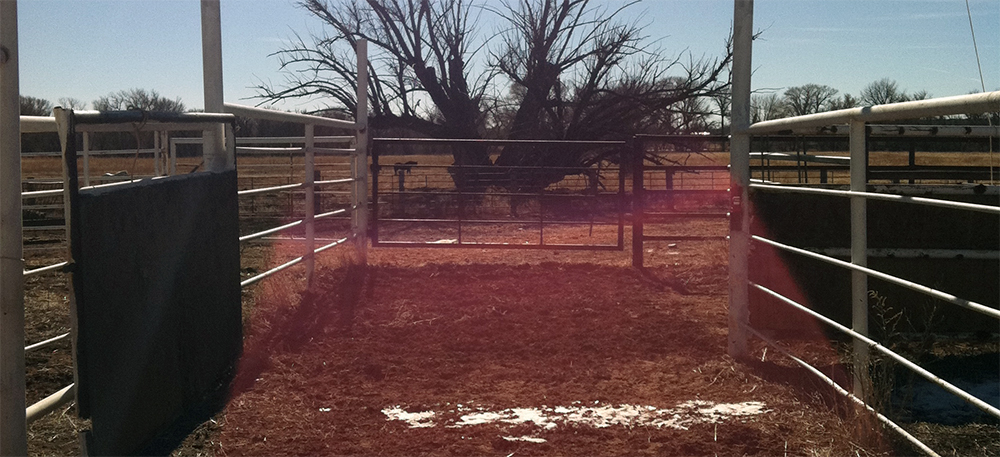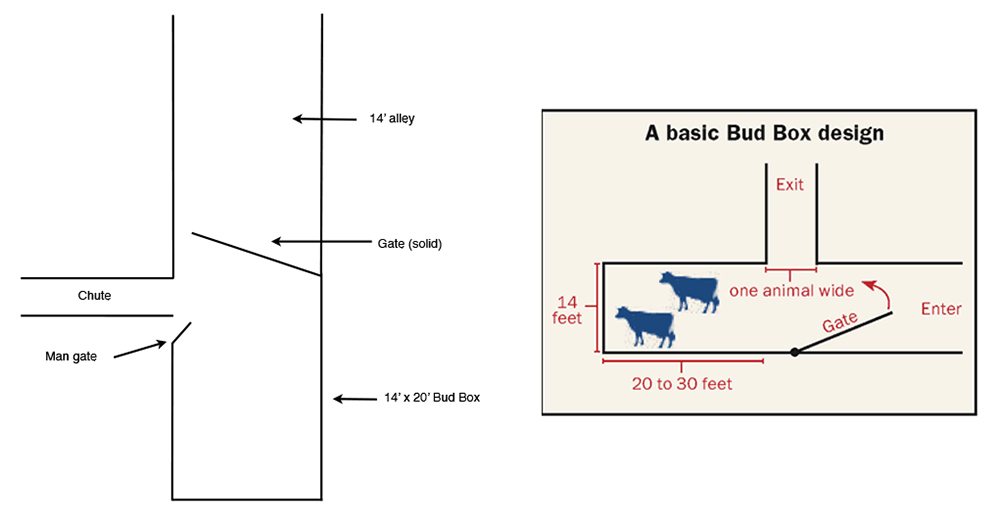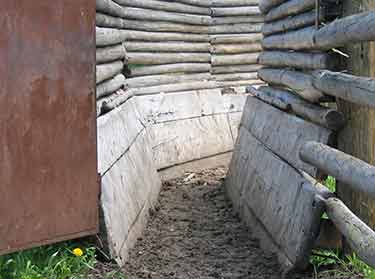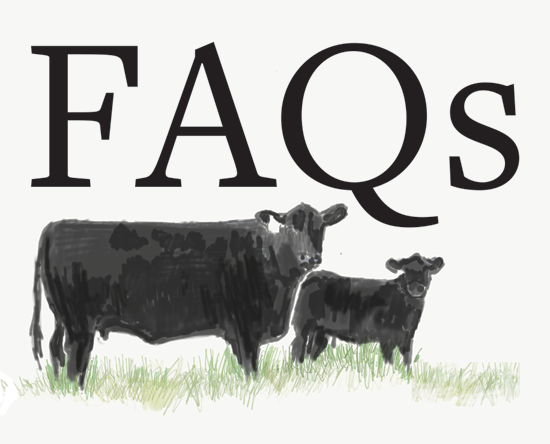
Bud Box or Tub System: Which is Best for Handling Cattle?
A Bud Box uses the natural movement instincts of cattle.
Producers often debate what type of facility works best when processing cattle. Jordan Thomas, beef cow-calf specialist at the University of Missouri, has worked cattle through many different facilities around the country and says stockmanship is equally important, if not more important, than facility design, but facilities should be constructed with behavioral tendencies in mind.
“We want cattle to flow efficiently through a facility — to move forward due to their behavioral instincts instead of having to be pushed forward by continuous pressure,” says Thomas. “The best facilities allow cattle to move in response to where the handler places himself or herself. I am partial to Bud Box systems because they help us focus on our own position to influence the animals in how we apply and release pressure.”
Designed by Bud Williams, the Bud Box is probably the simplest, most effective and least expensive facility when utilized properly. It’s a simple rectangle; cattle enter through a gate, come to the end of the box, turn around and head back the way they came. The person who opened the gate merely moves a couple steps so the cattle want to go past him/her and into the adjacent exit, which puts them into the scale or squeeze chute, or onto a truck or trailer. Cattle move of their own accord rather than being pushed.

|
Whit Hibbard, a Montana rancher who teaches Bud Williams’ stockmanship methods, says when you put animals into a Bud Box and take the proper position, they figure out they can’t go any farther, so they turn around, come back and go where you want them to go. They can’t do that in a tub.
In a tub system, you can’t make your idea (to go through the tub) their idea.
“By contrast, in a Bud Box you get this all-important mind change,” explains Hibbard. “Due to its design, you can capitalize on four natural tendencies of prey animals. One, they want to see the source of pressure. They want to turn and look at it. When they go into the Bud Box and you come in behind them and close the gate, they turn to look at you.”
Second, the animal wants to move away from pressure.
Third, they want to keep the source of pressure in sight. They’d rather come back past us to get away than go away from us and turn their back to us, he says.
“Fourth, when you go into a Bud Box and pressure them against the back, they want to turn around,” says Hibbard. “They see you — the source of pressure — and want to come around you. When they do, they see the opening where you want them to go.”
Joel Ham, a rancher near Big Lake, Texas, has been utilizing Bud Williams’ principles for many years. He says the main thing to understand is the box does not make cattle work better.
“It allows the handler to be in a better position — to allow the animal to do what it wants to do,” Ham observes.
Many people who don’t understand stockmanship want an elaborate facility and new technology, thinking they will solve their problems.
“They still think they have to force and push cattle. Bud’s whole concept was to fix it up so that what you want the cattle to do is what the cattle want to do,” Ham says. If cattle want to go in the chute, you will have very little backing up and better flow.
“The reason cattle balk or back up is because they don’t want to go in; they were forced. Their mind is not going forward. We only had their body going forward. We need to work with their minds,” says Ham. “The Bud Box by itself does not do anything. It allows you to do something better.”
Ham recalls using tubs that don’t allow for proper positioning to allow cattle to flow naturally. Tubs are not ideal, he says, because they have solid sides. The cattle can’t see you and your position to react properly. It separates the cattle from the people.

“Cattle don’t like solid sides. It makes them nervous,” says Joel Ham. “They are prey animals and want to be able to see what is around them.” |
“Cattle do not like solid sides. It makes them nervous,” says Ham. “They are prey animals and want to be able to see what’s around them.”
Ham has one solid piece of corral left on his ranch. To go out the gate, cattle have to pass by this solid fence. Ham plans to remove it, but has left it there so he can take videos to show what happens with a solid fence. When he lets cattle out the gate, even after they’ve been worked, they are reluctant to go out. When he takes them out at the other end of the corral, he simply opens a gate, goes out in front of them, and they come right out.
When they have to go out the gate with the solid fence on one side, they stop and ball up at the gate, he describes. “They finally go out — almost single file, as far away from the solid fence as they can. I’ve brought in truckloads of cattle and put them in that big lot and watched them walk the fence the first day or so. They walk into every corner but that one. They cut across it. When you cram cattle into something like a tub that is solid all around them, I think it puts a lot of mental stress on them.”
Editor’s note: Heather Smith Thomas is a freelance writer and cattlewoman from Salmon, Idaho. [PHOTOS COURTESY WHIT HIBBARD]
